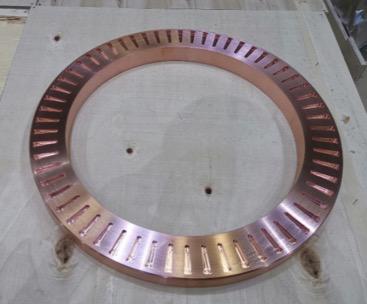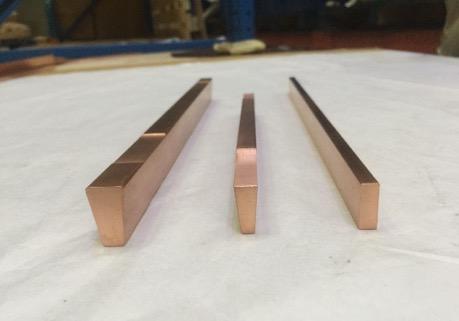
Inquiry Now

- Manufacturing Range of Copper Electrode Plate
Copper electrode plates for welding for railway transit industry
End ring and conducting bar for traction motor
Copper plates for other welding industryCharacteristics of our products
High hardness
Great tensile and yield strength
High softening temperature
Refined alloy crystal particles
Copper Solution Leader
for Traction Motor & High-speed Railway
In recent years, with the construction of electrified railway and high-speed railway, the safe operation of electric locomotive has become an important research topic of railway departments.Due to the frequent stops of electric locomotive, traction motor also frequently starts and stops, the frequent and large starting current inside the motor rotor makes its temperature rise, sometimes as high as above 300 ℃. The
softening temperature of the motor rotor end ring and conducting bar produced by traditional material of red copper is 250 ℃, when the temperature reaches 300 ℃, the ring and conducting bar will soften, the intensity is highly reduced, crack occurs during the welding line and results in stop accidents and huge economic losses.
Our company produces the CuCrZr end ring and conducting bar, the softening temperature is above 550 ℃ , the temperature rise of 300 ℃ will not reduce the mechanical properties of the material, so it can avoid the problem of weld cracking, greatly improve the safety of locomotive operation. Besides the high softening temperature, the CuCrZr end ring and conducting bar also have the characteristics of high hardness, great tensile strength, high yield strength, good conductivity, refined alloy crystal particles, etc., so can be used as the perfect materials in production of traction motor in electrified railway and high-speed railway.
